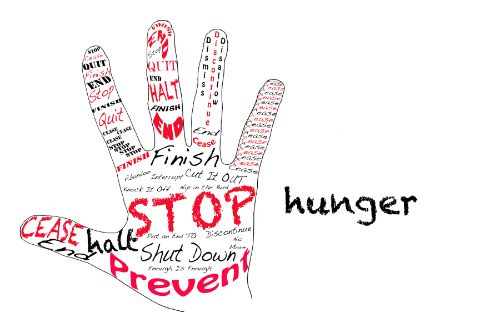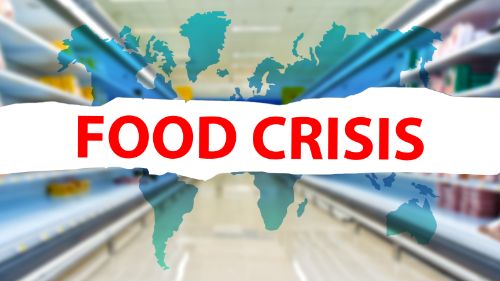Amidst the countless other problems currently happening in the world, you can now add a global food crisis to the list. How is our government planning to address this pressing issue? Here’s what we know.
Root Causes
What factors have contributed to this dire situation? First, the Russia/Ukraine war has put a tremendous amount of strain on the global supply chain. Russia and Ukraine produce roughly 1/3 of the world’s wheat supply. The loss of this commodity has resulted in soaring food prices as well as food uncertainty. Particularly for impoverished countries, this is a frightening prospect. It means there’s a real possibility millions of people will not be able to feed their families.
Plan of Action
What do governments and organizations plan to do in order to combat this problem? An article written by aljazeera.com states, “The US Department of the Treasury announced that several global development banks are “working swiftly to bring to bear their financing, policy engagement, technical assistance” to prevent starvation prompted by the war, rising food costs and climate damage to crops. Tens of billions of dollars will be spent on supporting farmers, addressing the fertiliser supply crisis, and developing land for food production, among other issues. The Asian Development Bank will contribute funds to feeding Afghanistan and Sri Lanka and the African Development Bank will use $1.5bn to assist 20 million African farmers, according to the Treasury.”
In addition to the previously listed contributors, the above mentioned article goes on to name others who have committed to helping combat this massive problem. It states, “The European Bank for Reconstruction and Development, the Inter-American Development Bank, the International Fund for Agricultural Development and the World Bank will also contribute tens of billions in the coming months and years to support food producers and address supply shortage issues.”

Growing Insecurity
As with many current issues, all roads lead back to the Coronavirus. After all, it has been the source of the majority of economic and supply chain issues since 2020. Massive job loss, production shut downs and other supply chain issues have led to growing food insecurity for millions. In fact, in 2021, more than 193 million people experienced acute food insecurity. This was an increase of over 40 million from 2020. Additionally, 40 million of those 193 million are expected to be pushed into poverty and food insecurity by the end of the year.
Fuel and fertilizer shortages have hit many fragile countries the hardest. When people can’t produce their main income sources (i.e. crops), money becomes extremely tight. Rising food prices and an inability to farm is a recipe for increased hunger, malnutrition, migration, and severe economic dislocation.
Addressing the global food crisis is crucial to the survival of millions of people. With food instability, rising costs and failed crops due to climate damage, it’s important that we come together to find solutions to the issue.

